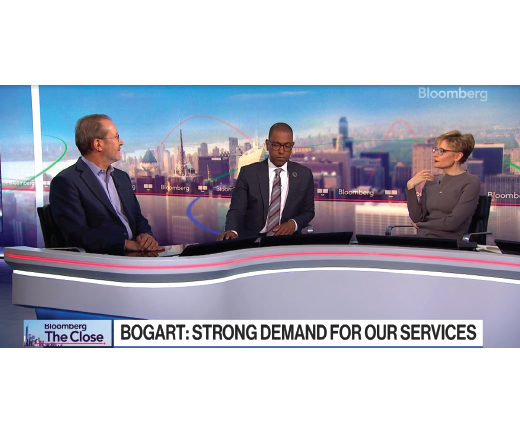Liz Bigham: Charlie, to start off, could you talk about some of the business factors and other conditions that are causing an increase in high value disputes in the healthcare sector in the US?
Charles Griffin: One big factor has been economic pressures post-Covid. The cost of providing healthcare has been rising very quickly because many of the underlying inputs, including the cost of labor, have just gotten more expensive as a result of inflation. Meanwhile, healthcare providers like hospitals and physician groups have been struggling to generate enough revenue to recoup those rising costs and that's largely because the entities that pay for healthcare, which are ultimately the federal government and large insurance companies just haven't been reimbursing at high enough rates to keep up with the increases in costs. So that's leading to increasing tension between providers and payers and that can boil over into disputes about how much the providers are really entitled to be paid. Another factor behind some of the recent disputes is consolidation. When you have this basic tension between providers and payers, both sides are trying to increase their bargaining power. And one way to do that is just by getting larger. So now you have these very large hospital systems and provider groups negotiating against very large insurance companies, and the disputes are just very large. And it can also create concerns about anti-competitive behavior in some instances that can give rise to antitrust claims.
LB: There are larger and more disputes happening in the healthcare sector. Can you talk about the types of disputes that you're seeing and also whether and how providers and insurers are changing their approach to how they handle their disputes?
CG: In terms of the types of disputes, just to go back to one thing I just mentioned one area is certainly antitrust claims. There are a number of antitrust claims involving alleged anti-competitive behavior by both insurers and providers. For example, on the insurer side, one example is there's a long running multi-district litigation involving alleged collusion among the members of the Blue Cross Blue Shield Association. Another more recent example is the litigation against a multi-plan for allegedly allowing insurers to fix out of network reimbursement rates using algorithms.
And then on the provider side there have been several cases alleging anti-competitive contracting practices by hospital systems such as the Sutter Health case in California. That was the subject of a recent ninth circuit decision. And then there's also just been an increasing focus on private equity backed roll-ups of provider groups.
And there's been a recent action by the FTC involving anesthesiologists in Texas and we expect more attention on those sort of issues as well. And then you also asked how providers and insurers are changing their approach to litigation. One of the big trends that we've seen is that these businesses are increasingly choosing to opt out of class actions. Antitrust cases in particular are typically class actions alleging harm to thousands of class members. But among those class members can be very large businesses. Research and experience show that those businesses can substantially improve their recoveries by opting out of the class and bringing their own claims. And that comes with the added benefit of being able to hire and direct your own counsel and have more control over settlement. So, we expect an increasing number of healthcare businesses to recognize the benefits of opting out.
LB: As you say more healthcare businesses are choosing to opt out, how are they using legal finance to help them manage the costs and risks associated with their litigations?
CG: One way is just by allowing organizations to pursue affirmative litigation without impacting their bottom line. In traditional fees and expenses financing, the finance provider pays the legal fees and costs of affirmative litigation for return that's paid if and only if the litigation is successful. And that just allows healthcare organizations with strong claims to pursue those claims while preserving liquidity. Which is obviously critical for many businesses these days, given some of the cost pressures that we talked about. Another valuable legal finance tool is monetization. And in a monetization, the finance provider can accelerate a portion of an expected entitlement from a pending claim, and that allows companies to unlock the value of those assets and bring money into the business without waiting for the underlying matter to resolve which could otherwise take years. So many healthcare businesses these days are looking for additional ways to bring cash into their business, and legal finance allows them to extract cash from their legal assets which is a creative and valuable solution for many businesses that have these sorts of claims and are looking for ways to get money out of them sooner rather than later.
LB: Finally, are there any other areas of emerging disputes that you're seeing in the healthcare sector?
CG: One other area in which we've seen a number of disputes relates to claims by providers that are being under-reimbursed by insurers or they're being reimbursed too slowly and conversely claims by insurers in some instances that providers are overbilling them for the services that they're rendering. And those disputes can arise in the context of providers who are in network with a given insurer and also providers who are out of network with the insurer. And the claims look slightly different, but at the end of the day, it just comes down to a dispute over how much the insurers should be paying providers and when those payments are due. And again, partly because of the trends I described earlier, those claims are getting larger, and we've seen a number of awards that have been won by both in-network and out of network providers against insurers and also claims very large claims being brought by insurers against providers. And we expect that trend to continue.





